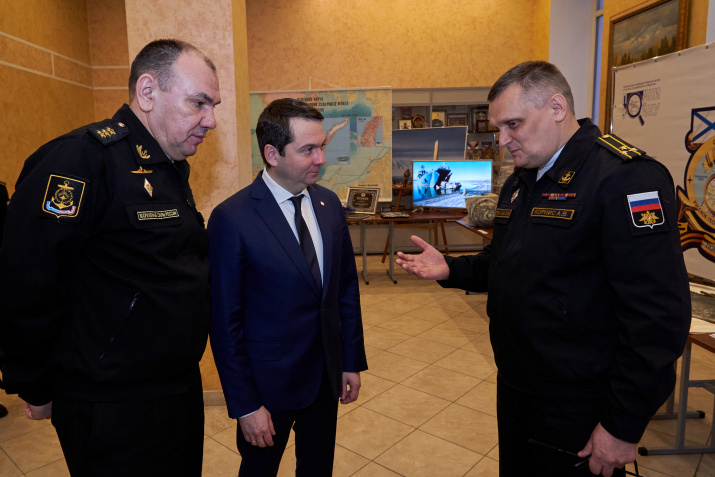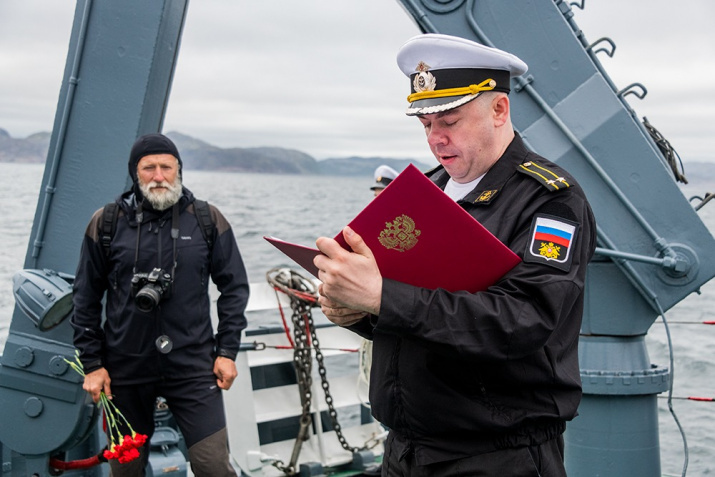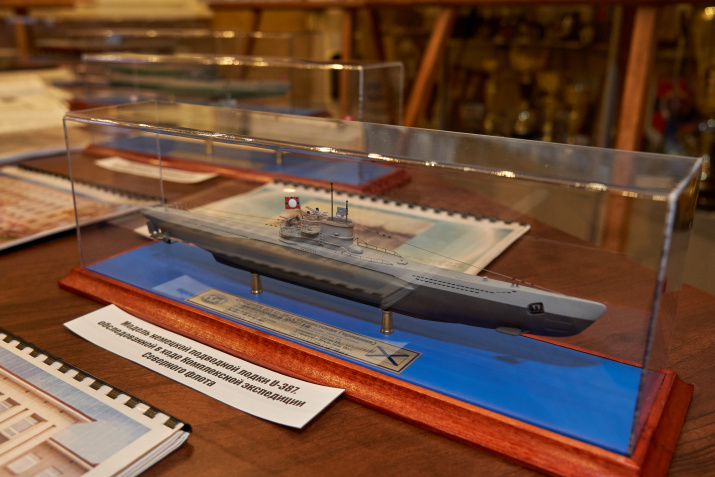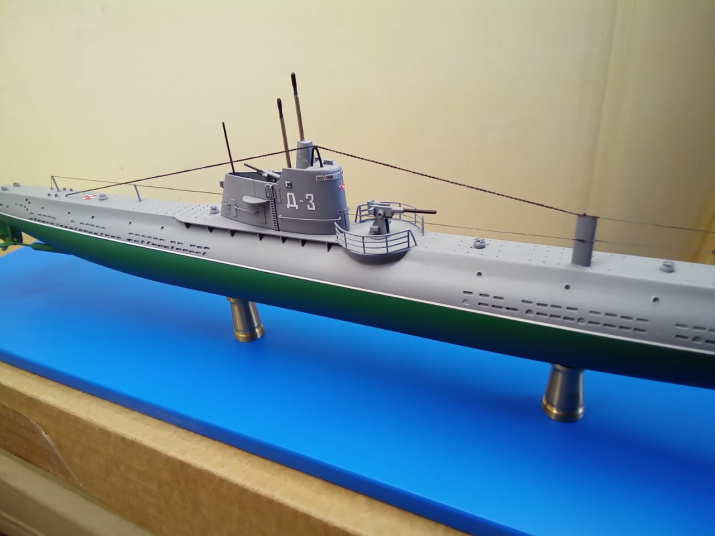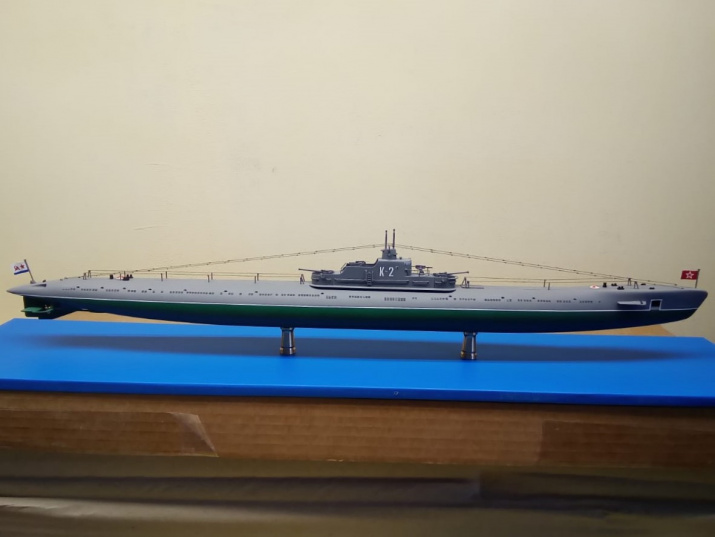The research was carried out in the waters of the Barents and Kara Seas. 12 ships and vessels of the Northern Fleet were involved in the search, involving more than 200 people (excluding those who took part in the commemorative and scientific events).
While implementing the oceanographic studies, studies of radio navigation and satellite systems, the expedition also searched for ships and vessels that sank during the Great Patriotic War on the approaches to the port of Murmansk.
Four warships were found — presumably Soviet patrol ships “Passat” and “Tuman”, British destroyer “Matabele” and corvette Bluebell, as well as 12 vessels, including trawler Onega that sank in 2020, two aircrafts — A-20 “Boston” and I-153 “Chaika” and the three bottom mines. The expedition also confirmed and specified the location of the 20 other ships and vessels, including Soviet submarines K-2 and D-3, German submarines U-307, U 286 and U-387.
In July 2021, prior to the anniversary of the beginning of the Great Patriotic War, a memorial ceremony was held at the site of the death of the BO-224 Soviet patrol craft and the K-2 submarine found as part of a Complex Expedition. The team of the expedition "Russia-2021" went to the Barents Sea and honored the memory by lowering the wreaths sent by the Murmansk Regional Branch of the Russian Geographical Society into the water. The ceremony was attended by the representative of the MRB RGS Vitaly Novikov.
The Murmansk Regional Branch of the Russian Geographical Society, within the framework of the RGS grant "Complex expeditionary research in the Arctic region of the Russian Federation in 2021", organized the creation of models of three discovered submarines: K-2, D-3 and U-387. All of these models were presented at the event.
The expedition used unique domestic and foreign technical means of search, including the small hydrographic vessel "Nikolay Skosyrev" and the large hydrographic boat "Alexander Makorta". The hydrographic service of the Northern Fleet began to use both in 2020. The expedition became an additional testing ground for their study and application. Interacting with maritime organizations allowed the participants to expand their practical skills and exchange their experience.
This is the first expedition of such a large scale carried out in the Russian and Soviet Navies. Its results will contribute to improving the organization of combat training, more substantive immersion of the headquarters of heterogeneous forces in the issues of solving tasks for their intended purpose, as well as help the personnel in solving tasks in accordance with their immediate official duties.
The participants of the expedition had a chance to explore the national history and to participate in the "decoding" of some of its parts. A lot of work carried out with historical documents made it possible for the first time to systematize scattered information on the places of death of allied ships and vessels in the North during the Great Patriotic War, which, of course, will be useful both from a practical and historical point of view.
The results of the Complex expedition are supposed to be taken into account in the preparation of diverse fleet forces, reflected in a series of articles in military-historical and maritime journals and during various exhibitions, including in cooperation with the Russian Geographical Society.


